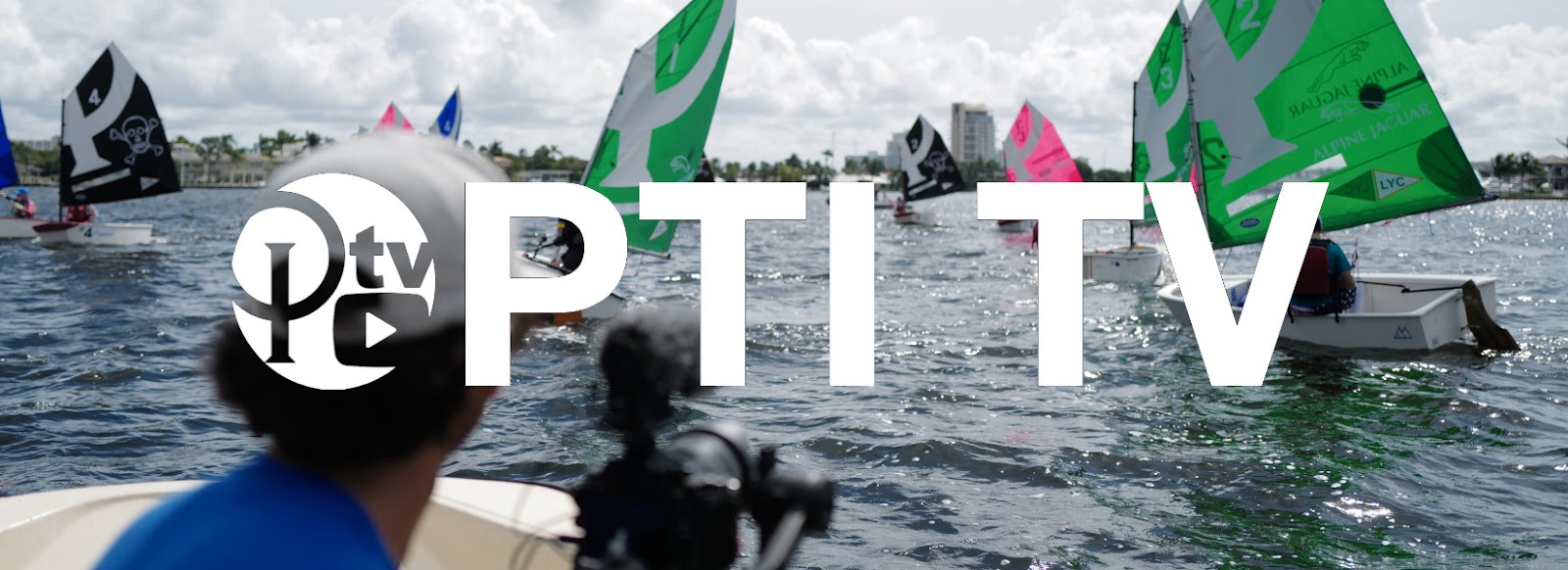Make Your Coaching Videos Easy To Digest
It used to be that if you had a camcorder and were able to take footage out on the water, that was a big leap forward for you and your team since you were able to provide video feedback to the sailors. But now? Everyone has a camera in their cellphone that is leaps and bounds better than consumer digital cameras from even 5 years ago. 4k resolution is not even the golden standard anymore with phones like the Samsung Galaxy S20 boasting 8k resolution, but we digress.
The point is, cellphones are amazing tools that we can use as coaches to create awesome video feedback for our sailors (See Our Video Debrief Series For More) but we tend to shoot in environments that are not so nice to cameras - weather and vibration. Most of the time, you can get away with just whipping out your phone and getting the footage, especially at starts - but what about when your boat starts moving? Bow pitching, beam a-swayin' - it can make for jarring video footage that is probably unusable.
Here are 3 reasons why you should consider using a gimbal when shooting video out on the water
1. Footage Is Buttery Smooth
In this example, you see how the horizon stays level - this is helpful to ease the viewer and keep footage from being too jarring. Also notice how when the cameraman moves from starboard to port that footage turns from being unusable to a smooth, albeit quick, pan over to the port side of the boat with a view on the sailors.
2. Makes Your Footage Stand Out
Stabilized footage will engage the viewer, which most of the time will be your sailors, because they are not distracted by sudden movements of the camera. Plus, your footage will be easier to edit into and can be used for "cool" sailing videos.
3. Provides More Control Over Your Camera
The biggest problem with cellphone footage is that the focal lengths aren't too great, but luckily the latest phones have very good digital zoom capabilities thanks to very advanced software. However, zooming on a glass-front phone with gloves or a wet hand can be cumbersome at best. With a gimbal, you have tactile controls that you can use to zoom, pan and tilt, and for the gimbals we will be showing you, lock onto subjects with active tracking.
The DJI Osmo Pocket vs. Mobile 3 - Which Is Right For Coaches?
The undisputed king of mobile videography is DJI, with their super popular drones and now, Osmo series. This is their mobile stabilizer series, which we use exclusively for our phones because they work well, pack small, and in the Osmo Pocket's case - don't need a phone attached to work. If you've got $200 to spend and are looking for an edge in your video feedback content, check out these two.
We've used the Mobile 3, which you mount your phone onto as the camera, and the Osmo Pocket, which is a supremely diminutive tool that will fit into any pocket you have. We can definitively say that for 90% of coaches, the Osmo Pocket is the right choice. Check out some sample footage below:
Doesn't that look awesome? The tiny, tiny camera boats 4k resolution, and can hook up to your phone for reviewing the footage, and recharge the battery. Its easy to hold, you can operate your boat and film without worrying about dropping it, and it comes with a protective case to make sure you don't break it in your bag.
The downside to the Osmo Pocket is the focal length and battery life. We've tested it pretty thoroughly in our adventures and can say it will last you about an hour and a half of continuous use out on the water. DJI advertises 140mins of continous use which is not really great if you're trying to record an entire race, but 99% of the time you'll be shooting in bursts.
The focal length of the Osmo Pocket lens is about 28mm which is pretty wide as you can see in the sample footage, but it doesn't zoom. So if you'll be far away from your sailors all the time when you're recording them, the Mobile 3 may be a better choice for you.
Final Thoughts
You can't go wrong with either the Osmo Pocket or the Mobile 3 but we're sold on the Osmo Pocket. You can't beat it's portability and capability, even though you're trading off on battery life and ability to zoom. If you'd like to pick one up, consider using our Amazon link below as it helps support the Opti TV project since we earn a commission from our affiliate links at no extra cost to you.

Comments
Post a Comment